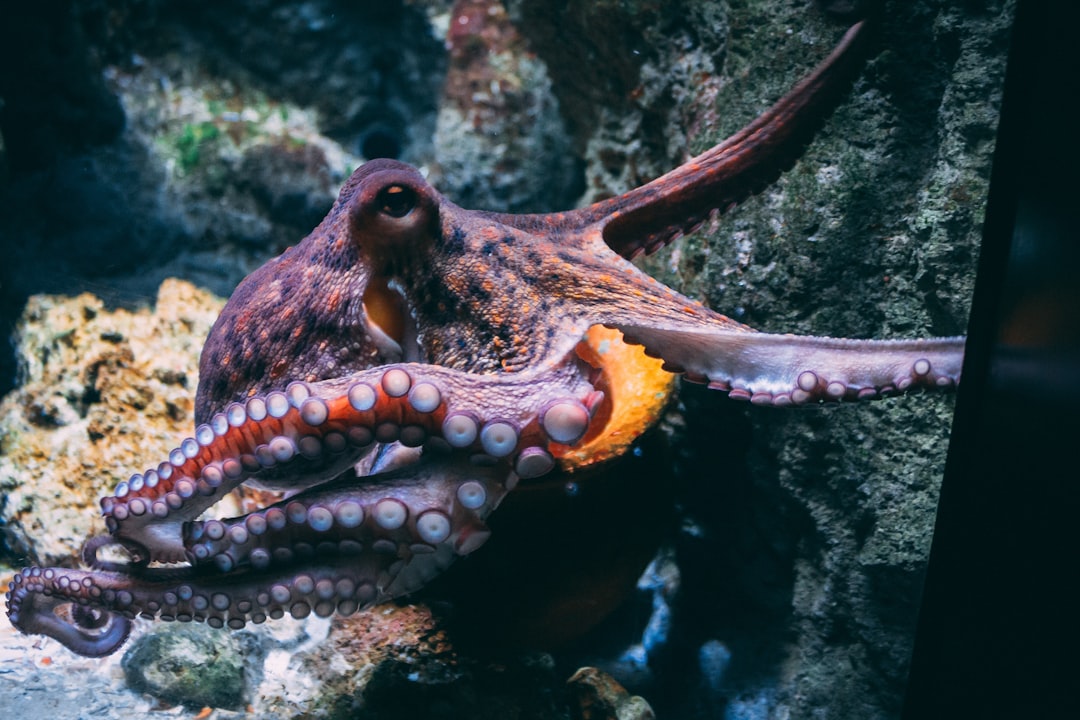What is it about?
Our article reviews the scientific evidence for how seagrass meadows can be made more resilient in the future. We use this information to create a framework for how such knowledge can be used to increase the success of seagrass management into the future.
Featured Image
Why is it important?
Our study is important as seagrass meadows are in urgent need of management around the globe. Seagrass meadows are critical important for providing nursery habitat for the juveniles of the fish we commonly eat at the dinner table. Our study contributes to the understanding of how we can insure the survival of those important fish nursery habitats.
Perspectives
Seagrass meadows are declining globally and management of these important systems is urgently required. Focusing management actions around the concept of ecosystem resilience is a means of potentially achieving the right management for these habitats. Our study is the first conceptualization of what resilience in a seagrass ecosystem actually means. many studies have considered particular aspects of resilience in a seagrass meadow, but this hasn't been done at a whole ecosystem level. Out study provides a novel conceptual model of resilience in seagrass ecosystems and suggests how this knowledge can be used to manage them.
Dr Richard K.F. Unsworth
Swansea University
Read the Original
This page is a summary of: A framework for the resilience of seagrass ecosystems, Marine Pollution Bulletin, November 2015, Elsevier,
DOI: 10.1016/j.marpolbul.2015.08.016.
You can read the full text:
Contributors
The following have contributed to this page










